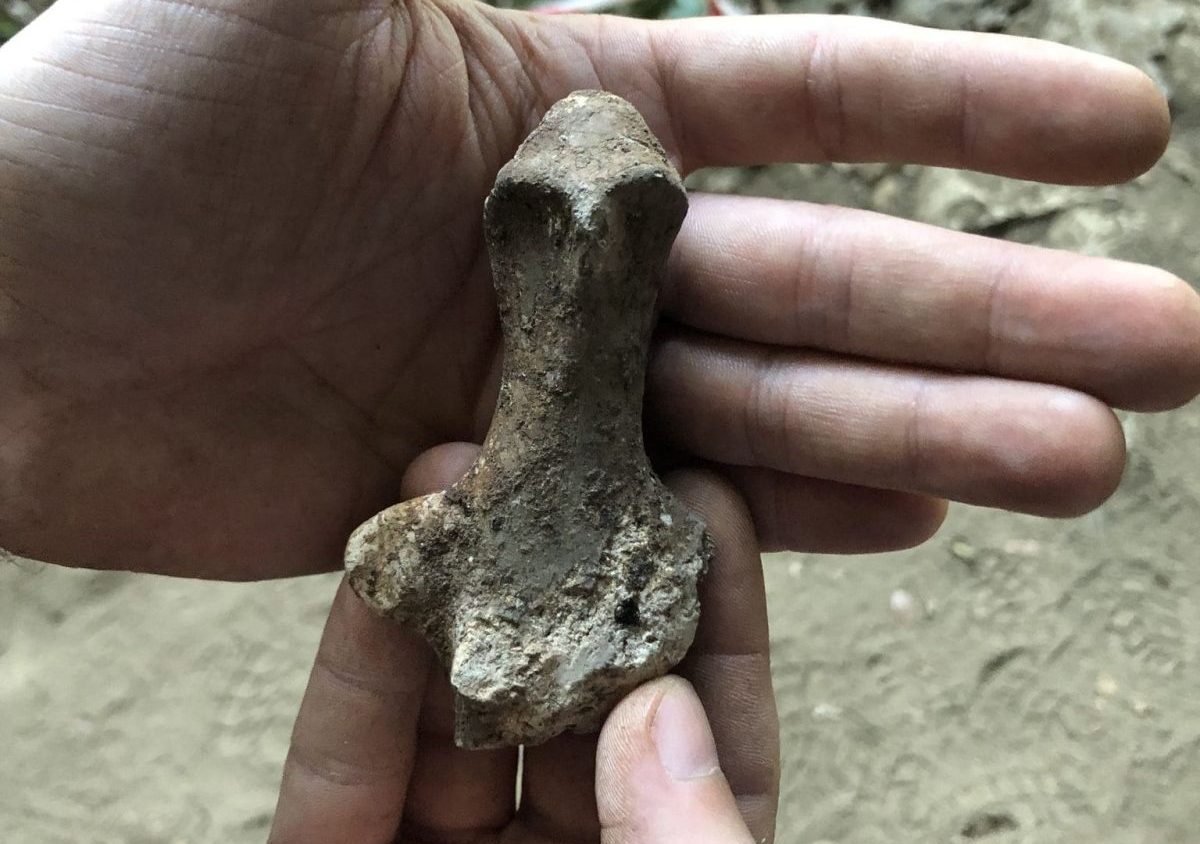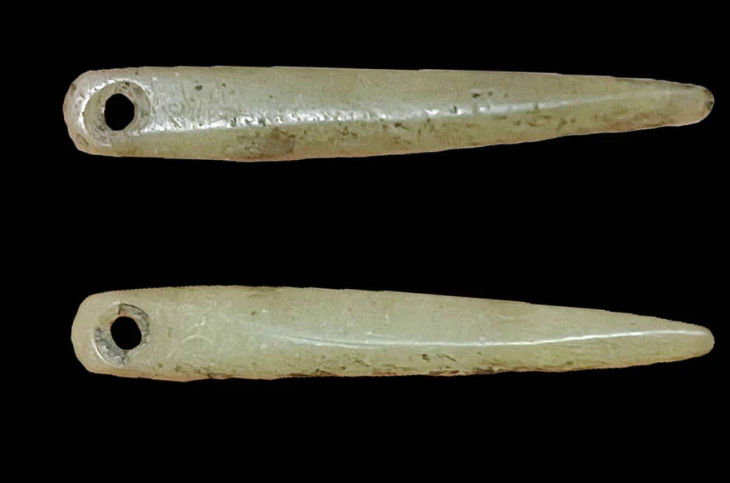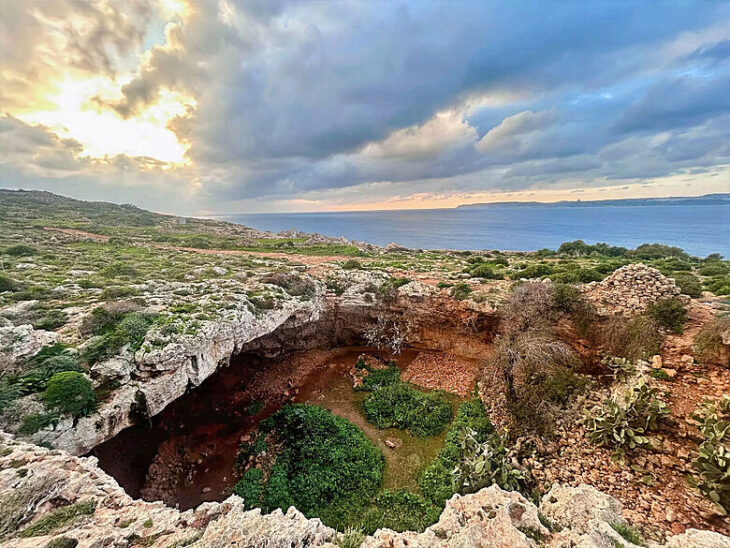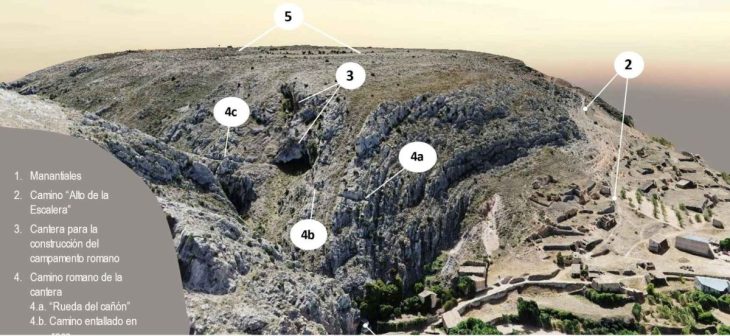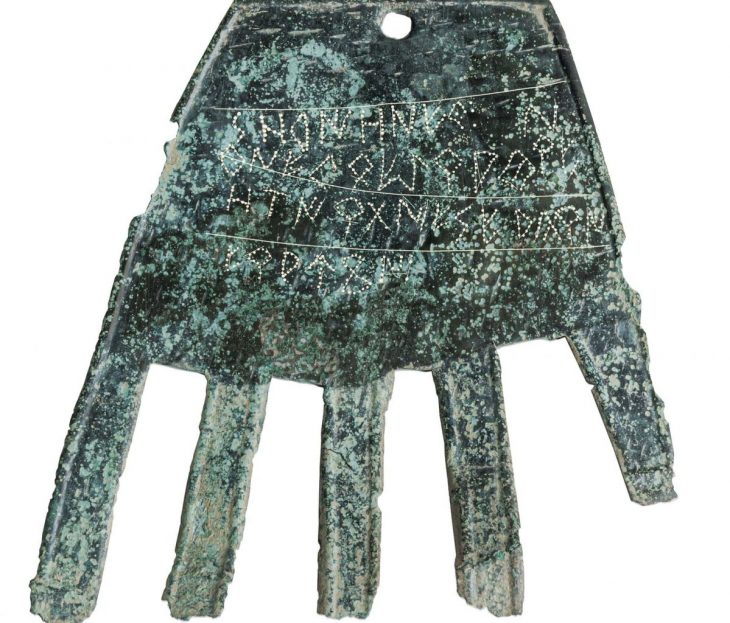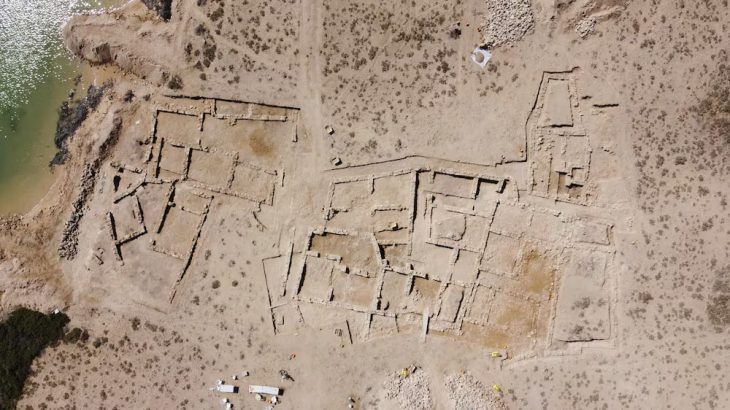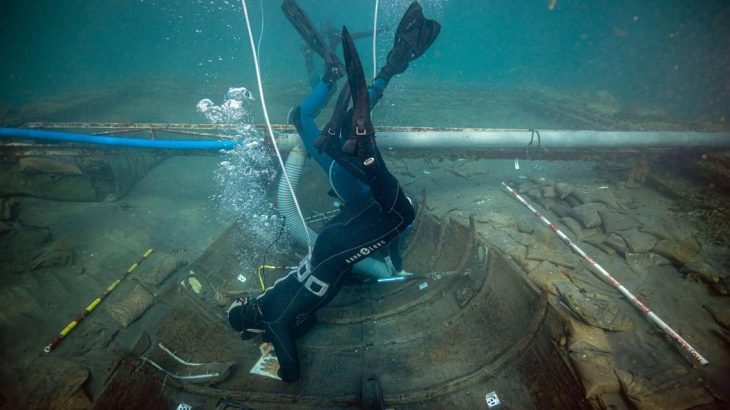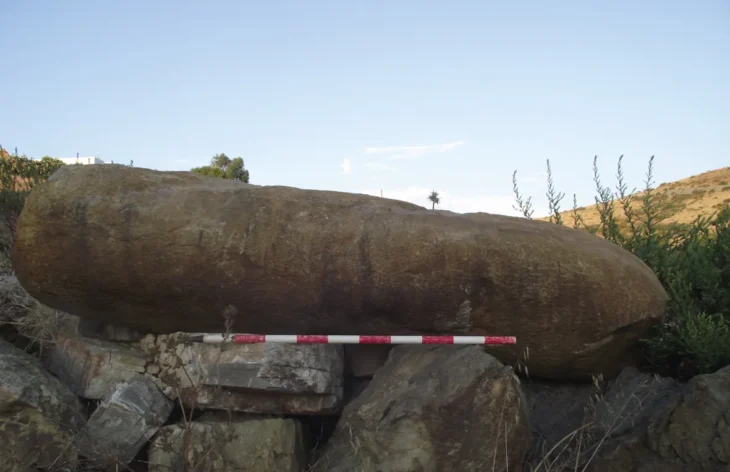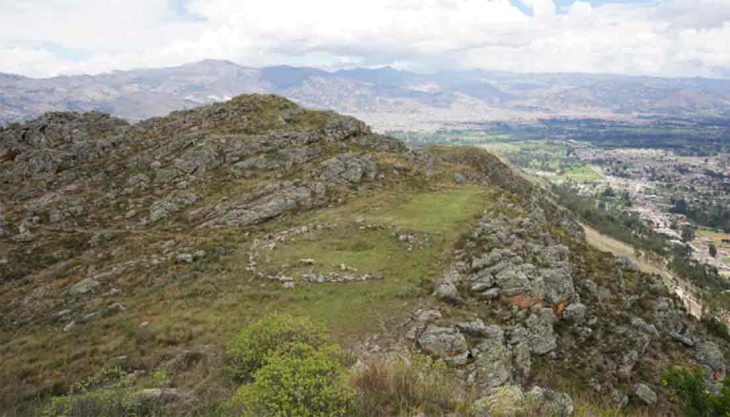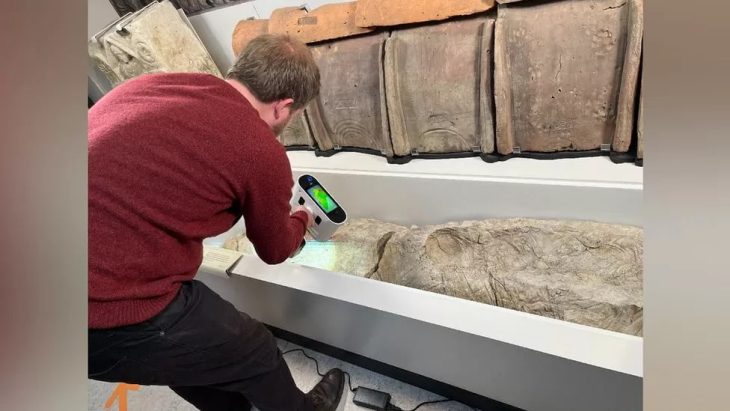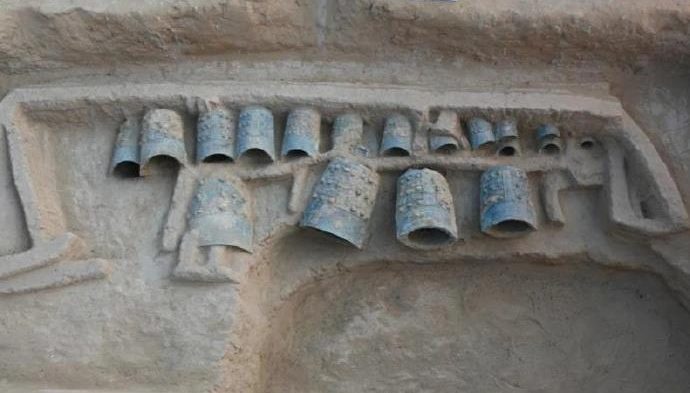Archaeologists from Sapienza University of Rome discovered a figure with female features in the Battifratta cave, near Poggio Nativo in the Sabina area, Lazio.
That is a clay figurine dating from around 7000 years ago, from the Neolithic period, when the peninsula’s first farming communities existed.
A press release from the Sapienza University in Rome says objects of this kind are “very rare in Italy.” Furthermore, the release said such artifacts are “almost absent” in the archaeological record of the Tyrrhenian slope.
The Battifratta Cave is located in the municipal territory of Poggio Nativo, in the Casali locality, on the left side of the valley of the Riano River, a minor tributary of the Farfa. The Battifrata cave is distinguished for its maze-like configurations and layouts, graced with stalagmites and stalactites with a transient spring at the entrance of it.
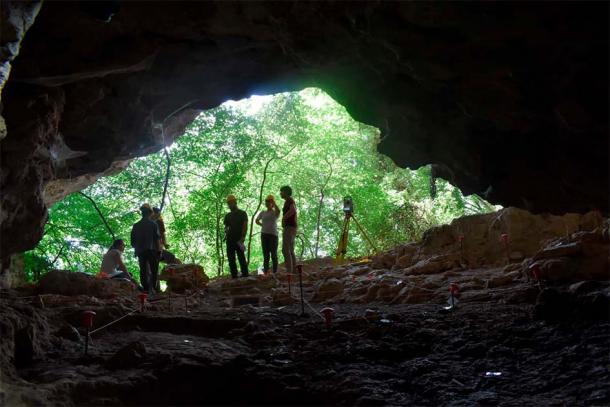
The modern research at the Battifratta Cave is part of a larger project being conducted by the Sapienza Grand Excavations Fund on the prehistoric settlement of the Farfa Valley and its surrounding territories.
A multidisciplinary study coordinated by the Department of Ancient World Studies of the Sapienza University of Rome is looking at “the technological and stylistic aspects” of the figurine to better understand how it was made.
The doll’s facial features, according to the archaeologists, are only schematically hinted at. The researchers, however, stated that the artisan who created the artifact took “greater care” in representing the hairstyle and body decorations.
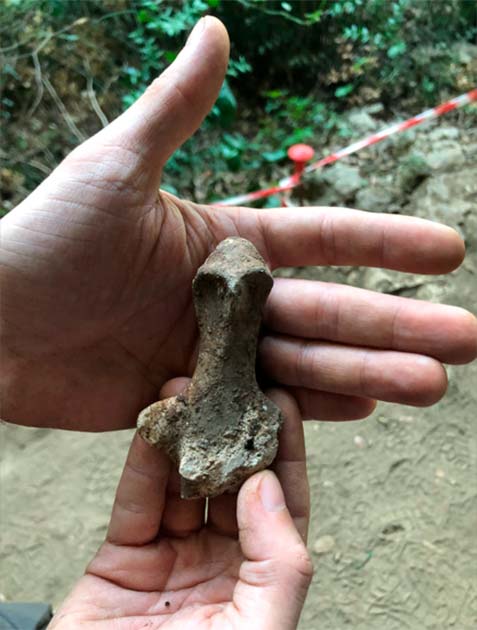
Dr. Cecilia Conati of Sapienza University said when the presence of ceramics is combined with faunal and botanical finds on several stratified levels, and the discovery of a human skeleton beside the doll, secrets are revealed. This all suggests the spring at the mouth of the cave was not only used for water supplies, but also for “burial and ritual purposes.”
The Battifratta Cave provided shelter and protection for early human inhabitants who relied on hunting, gathering, and rudimentary agriculture for survival around 7000 BC. While specific evidence of ancient rituals in Battifratta Cave is limited, the clay doll strongly suggests it was used for ceremonial purposes.

